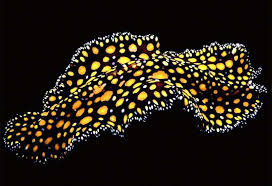Life Cycle of Liver Worms (Fasciola hepatica)
|
Life Cycle of Liver Worms (Fasciola hepatica)
➤ In the main host body of livestock, fish, humans Adult
worms live in the liver lay eggs in the intestine → follow feces → open defecation in the environment → eggs with feces wasted into the water.
➤ The eggs hatch so that the larvae with cilia (vibrating
hair) throughout the body surface form the Mirasidium larvae which then swim in
search of the Lymnea snail Mirididium will die if it does not enter the body of
the freshwater snail (Lymnea truncatula)
➤ Mirasidium after being in
the snail turns into Sporosis (settles in the body of the snail for 2 weeks).
➤ Larvae larvae have reproductive ability asexually by
means of Paedogenesis in the body of the snail so that many larvae are formed,
vLarvae Sporosis performs Paedogenesis into
several Redia
vLarva Redia does Paedogenesis to Cercariae vSercaria Larvae then tail to become Metacercaria and immediately come out of the snail to swim looking for plants that are on the edge of the waters such as grass.
➤ The Metacercaria encapsulates itself in the form of a
cyst that can last a long time against grass or surrounding water plants.
|





Comments
Post a Comment